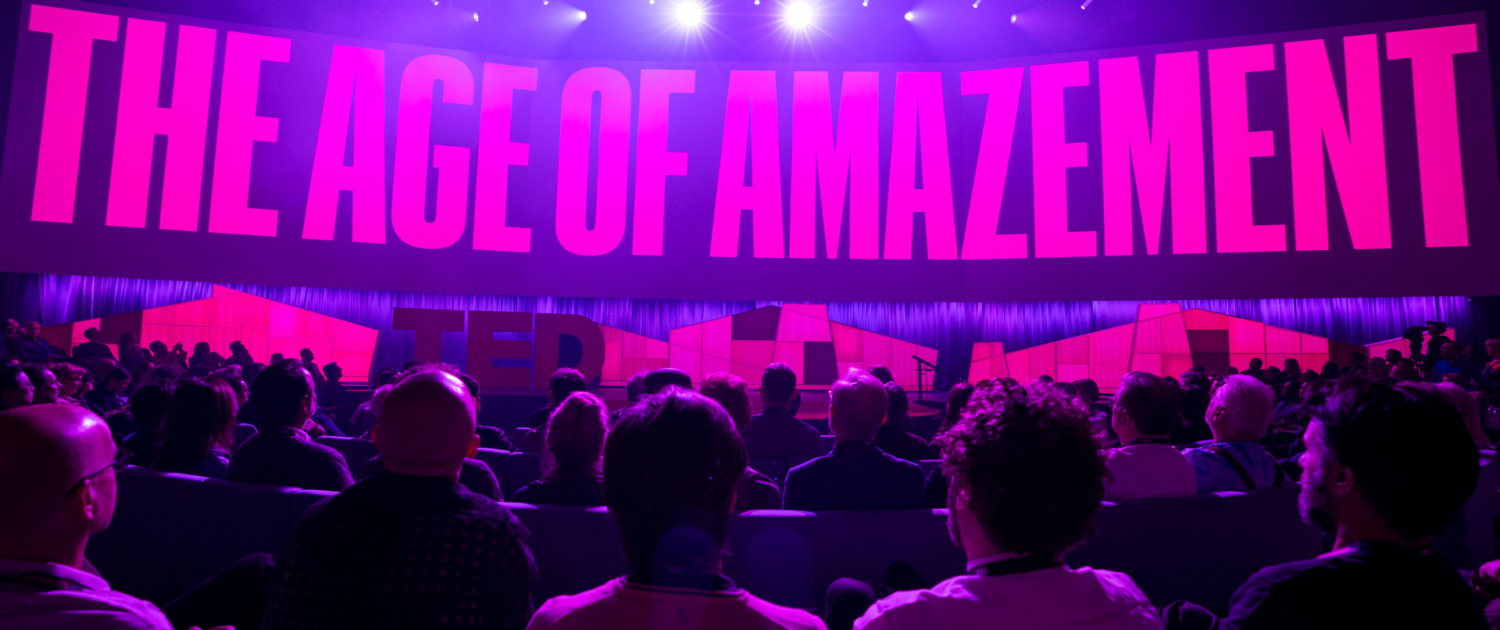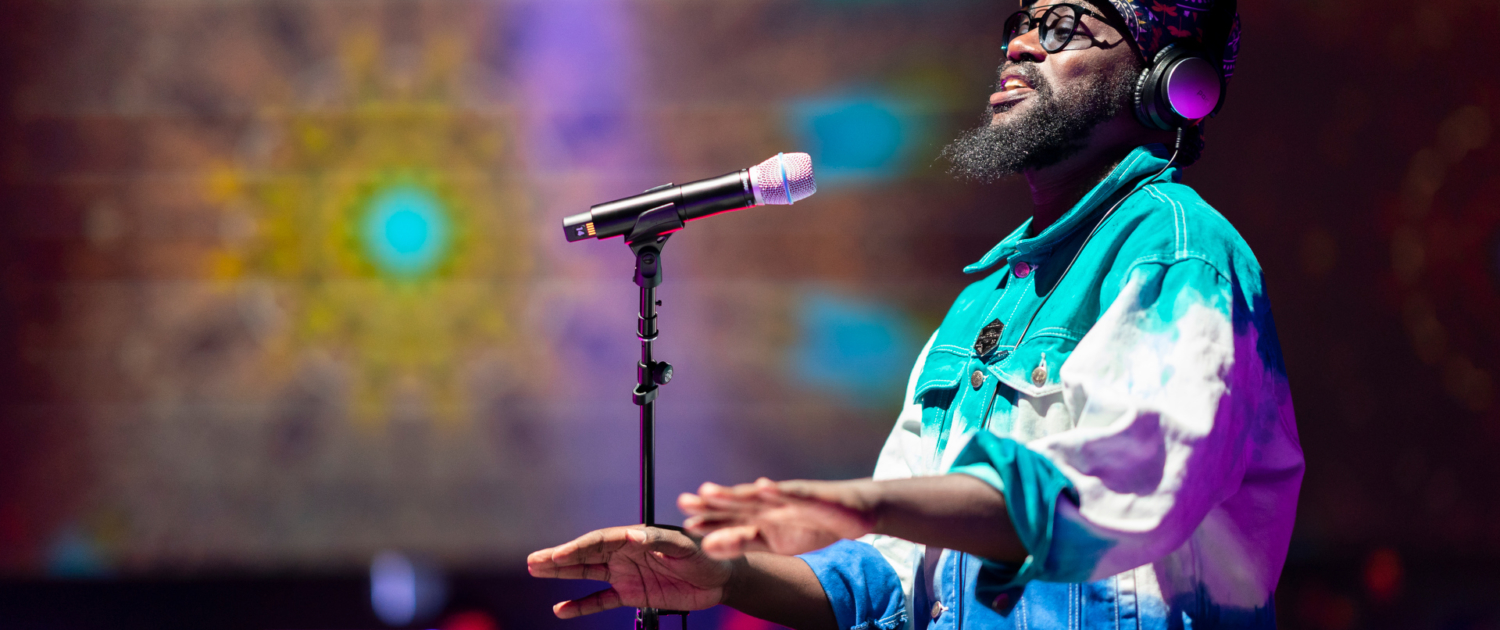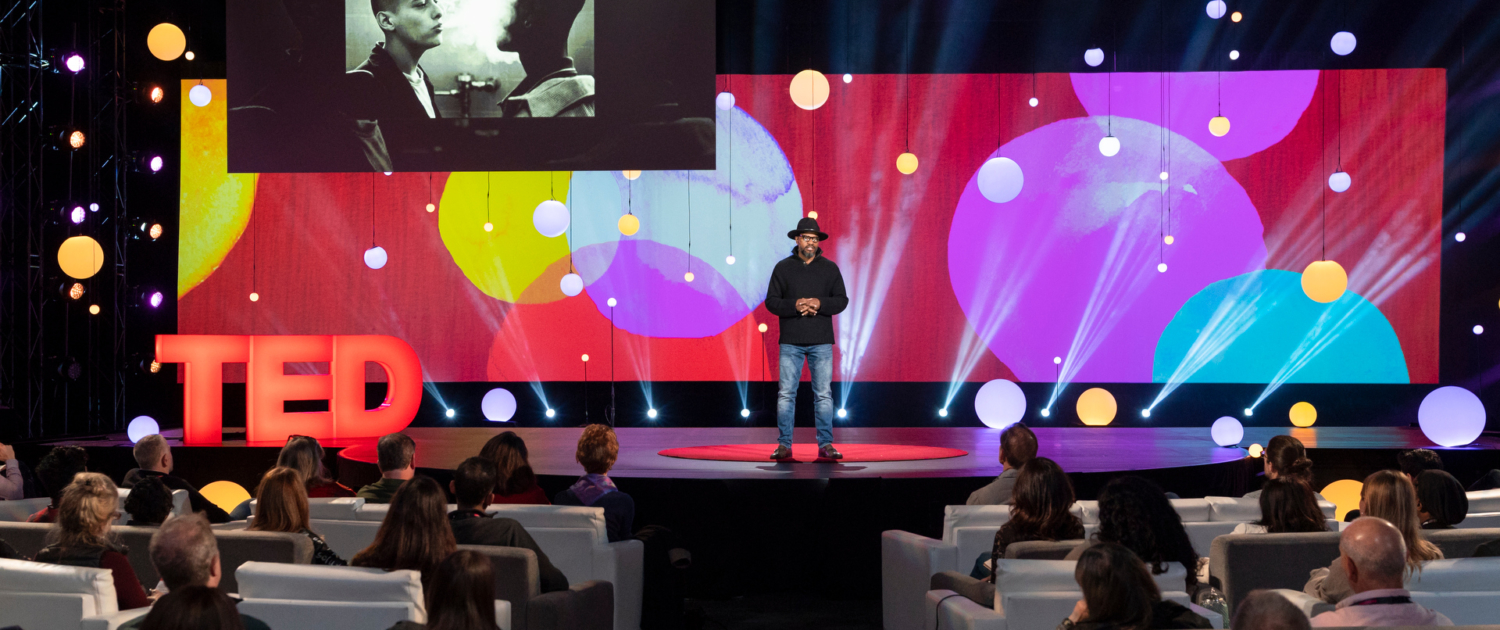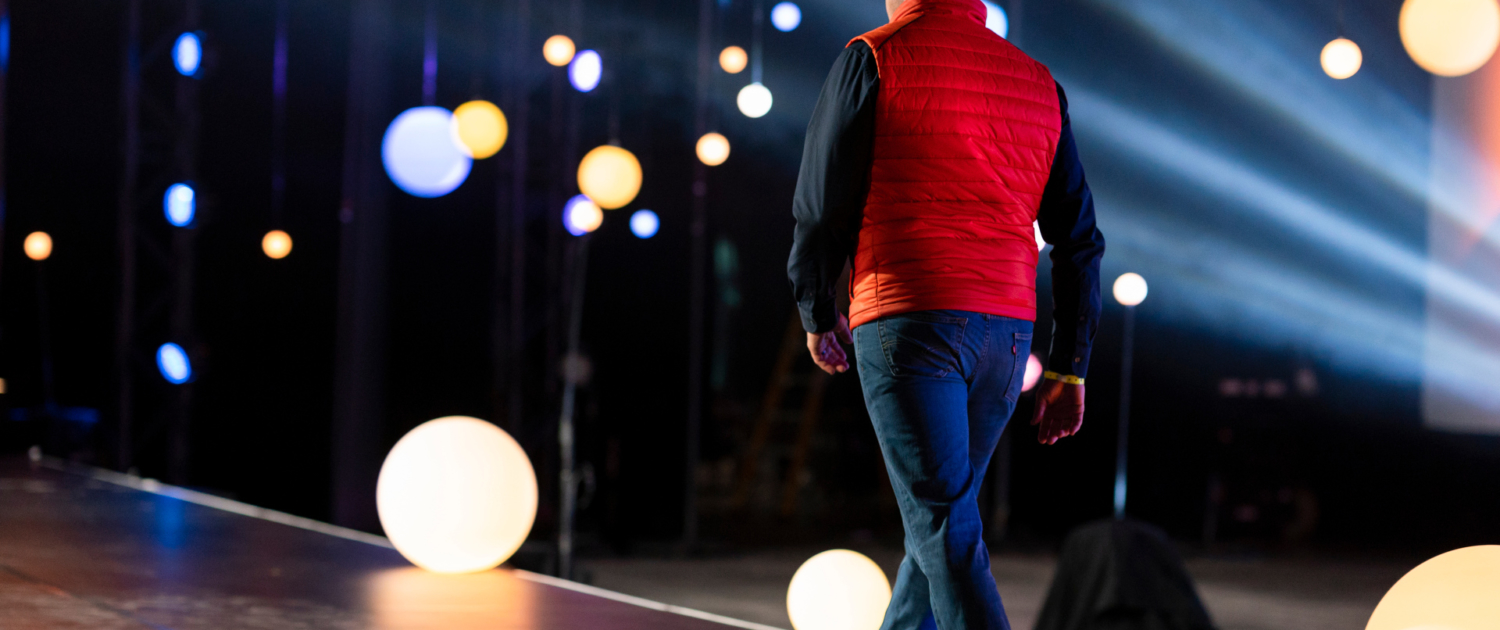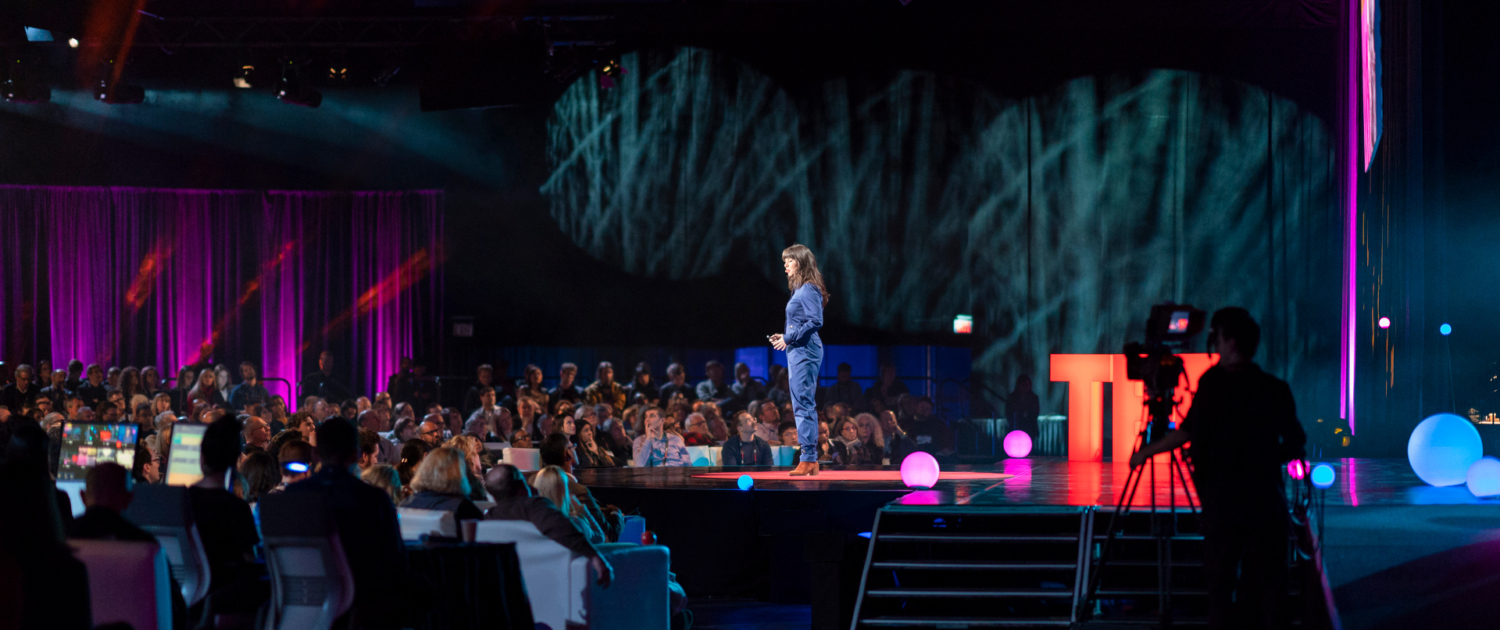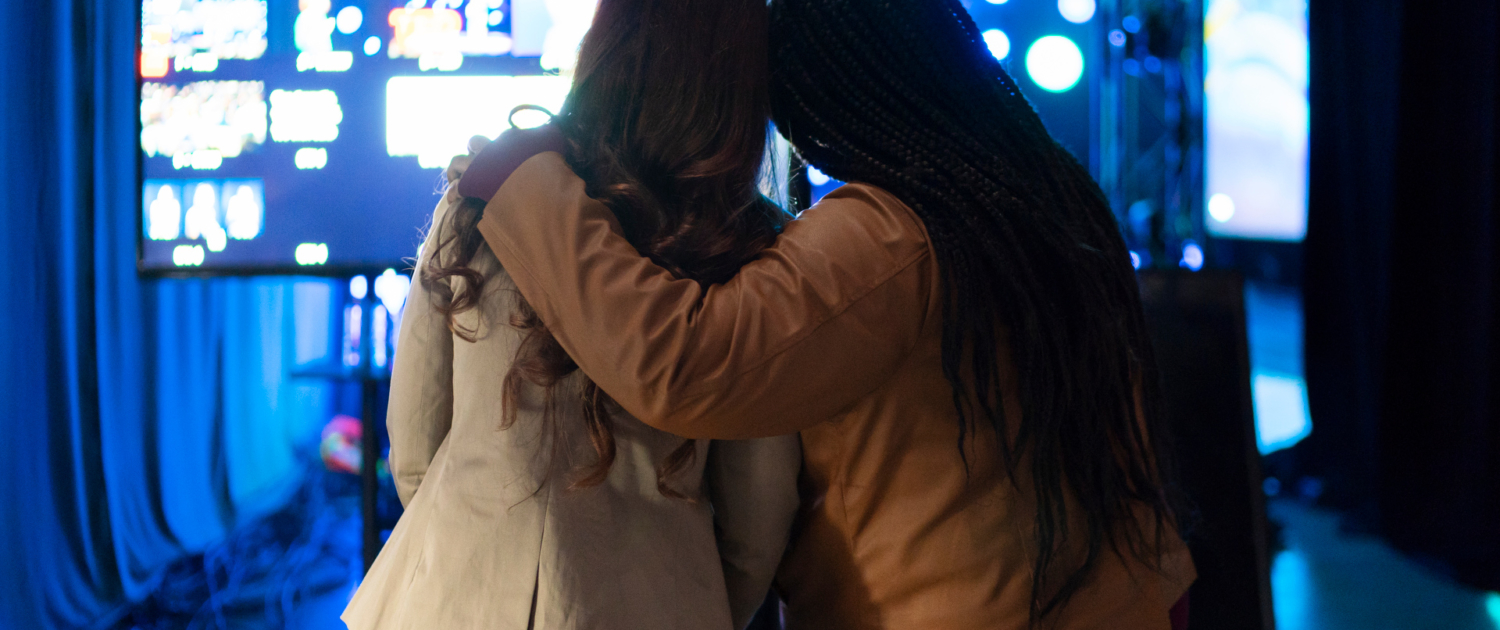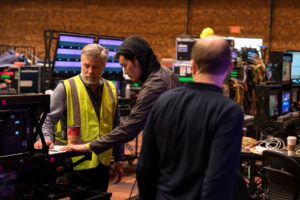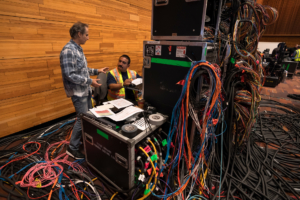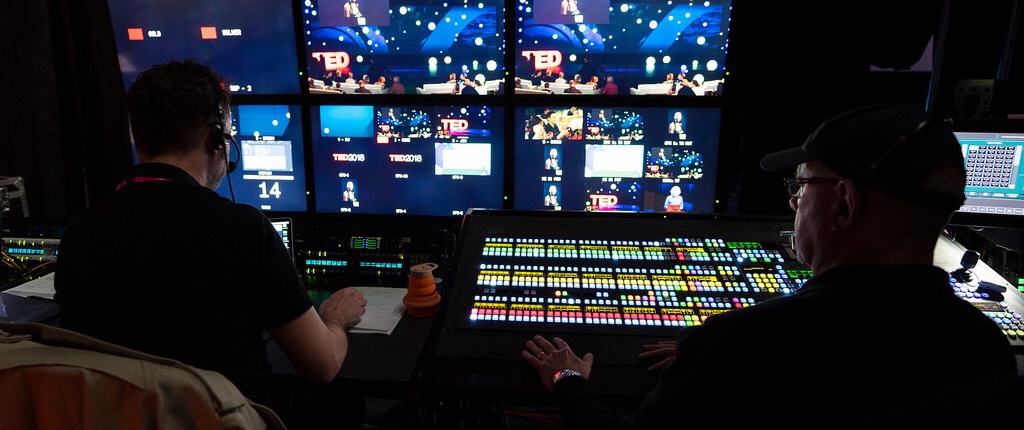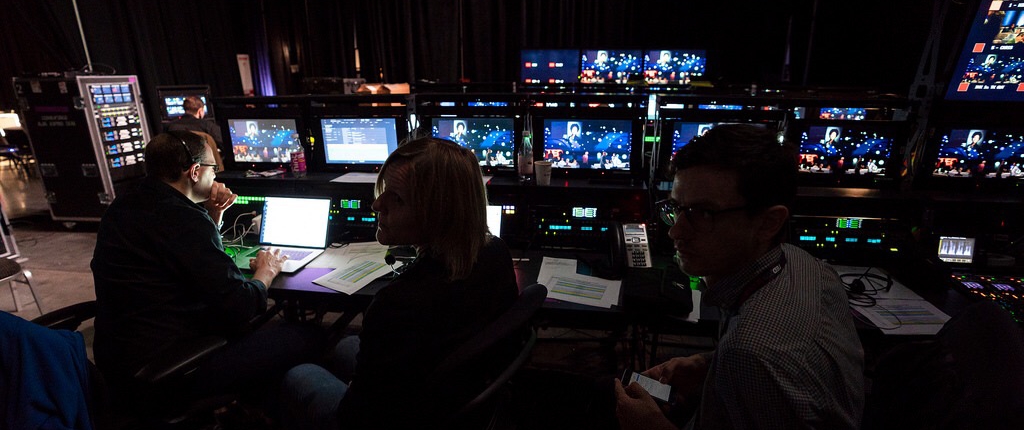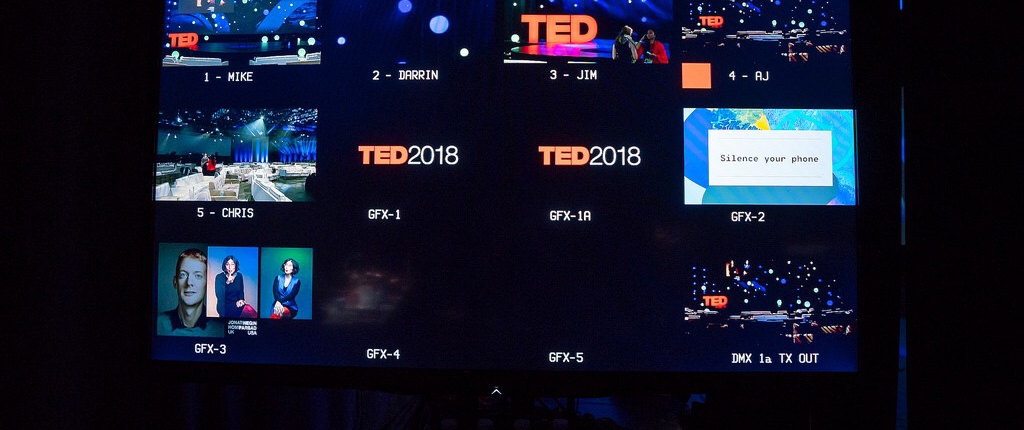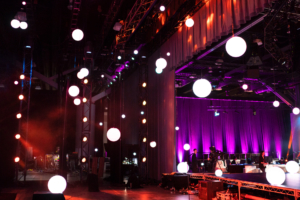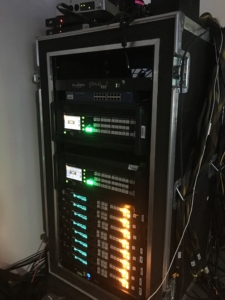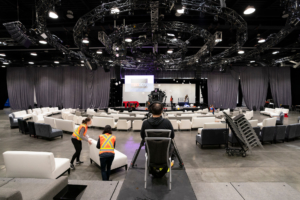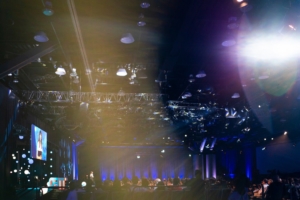What I learned working at TED
TED presents an amazing experience in person and online with an army of producers and technicians working to ensure every take and experience delivers on their core values.
A tremendous amount of planning, rehearsing and validation goes into ensuring that each Ted talk is executed and captured with near perfection.
While TED’s mission is to “Spread great ideas in the form of short powerful talks”, their values are not clearly articulated anywhere. Conventional business wisdom reminds us that strategic priorities show up in our planning, budgeting, human resource alignment and knowledge management. In this way, their strategic priorities played out before us. I’d like to share with you some of my takeaways.
1. It’s all in the planning and preparation. The TED event staff starts planning 6~9 months in advance with “last minute” additions happening 90 days out. Presenters work with producers and the TED team to perfect their speeches and presentation graphics while rehearsing over and over again in offices, special onsite speaker prep rooms and on stage to nail their moment. Stages and camera positions are pre-visualized and approved long before construction begins.
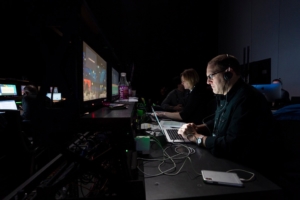 2. TED deploys their team in alignment with their values and desired outcome of broadcasting quality content online quickly. Supervising producers who carry the institutional knowledge were deployed to ensure that their production goals were achieved consistent with their brand aesthetic and values. For example, the whole production workflow is built to ensure that the live cut will most likely be the final cut. We evaluated and tweaked camera positions, lighting, staging, scenic and projection until every shot from every angle was perfectly composed and lit. Audio sync was the other concern that we tested daily. Any technical hiccup, from a mic plosive to a scenic piece landing on camera in an awkward position relative to the presenter, to the presenter straying off the dot would prompt a corrective action and a reshoot. Photo, video and audio tests were validated and QC’ed everyday.
2. TED deploys their team in alignment with their values and desired outcome of broadcasting quality content online quickly. Supervising producers who carry the institutional knowledge were deployed to ensure that their production goals were achieved consistent with their brand aesthetic and values. For example, the whole production workflow is built to ensure that the live cut will most likely be the final cut. We evaluated and tweaked camera positions, lighting, staging, scenic and projection until every shot from every angle was perfectly composed and lit. Audio sync was the other concern that we tested daily. Any technical hiccup, from a mic plosive to a scenic piece landing on camera in an awkward position relative to the presenter, to the presenter straying off the dot would prompt a corrective action and a reshoot. Photo, video and audio tests were validated and QC’ed everyday.
3. Critical component redundancy. There were Hot Projector backups, graphics and playback computers, redundant multi-track audio and ISO video recorders. If it was critical to the broadcast or experience in the room, there was a backup.
4. Thorough scheduling with plenty of buffer time to test, make tweaks or re-shoot as needed makes a big difference and creates the conditions for calm and excellence.
5. Built on a broadcast model. TED runs the event like a televised broadcast loading in a tremendous amount of broadcast infrastructure and equipment to support the two venues, as well as extensive onsite simulcast and live streaming. Most of our broadcast team had recently returned from the PyeongChang Olympics. Each venue had a 20~40 member production team, plus the TED Production staff to manage technical operations.
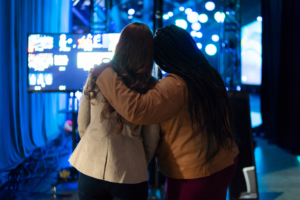 6. Content is King. All the technology in the world won’t make up for bad content. When properly executed, the technology becomes invisible as the content and presenter illuminate the audience with their ideas.
6. Content is King. All the technology in the world won’t make up for bad content. When properly executed, the technology becomes invisible as the content and presenter illuminate the audience with their ideas.
TECHNICAL CHALLENGES & LEARNINGS
The team overcame a number of technical challenges, a few of which are worth sharing:
1. While the organization valued a cinematic look, the broadcast technology had something else in mind. They met in the middle shooting at an awkward 23.98 psf. Racks of ImagePro’s were deployed to wrestle every possible signal into this frame rate.
2. LED lighting might be switching at a multiple of 24 or 30 fps, but it’s rare that it can switch at a multiple of 23.976. While our LED lights didn’t produce flicker in camera, they did manage to show up as bands in the beams as they cut though the haze.
3. Video projection signals were genlocked and converted to 23.98 psf to ensure there would be no flicker or crawling band artifacts in camera.
4. The Broadcast Engineering Team made themselves the hub of every audio, communication and video signal. As a result they spent days programming every aux bus switch, intercom station and audio and video router. The system’s complexity was immense, and as such not every outcome was thoroughly tested until it was needed. This had the affect of focusing a lot of intense energy in their direction every time something wasn’t showing up as expected or needed. While their intent was to offer incredible flexibility, it ended up becoming a bottleneck. The experience inspired a lot of great thinking in my mind about how to achieve the same outcome while reducing complexity.
5. Looking great on camera was not the end of the story. The TED photographers use mirrorless cameras and shoot in burst mode at relatively high shutter speeds (1/500) for crisp photos. Unfortunately, the LED lighting and projection we’d finally shook out was causing banding problems in photos. Interestingly we had a mix of Christie M series and Panasonic DZ projectors on the job. The Christie’s looked great in photos, while the Panasonics did not. We tried everything with the Panasonics, but we either looked bad on camera or in photos…until we stumbled across a unique recipe. Over the course of an evening of experimenting, one of my team accidentally left one of the projectors forced to receive signal at 59.94i. When we hit it with 29.97psf, it was clean on camera and in photos. The next morning Engineering found a slight banding but was able to clear it up by moving their shutter rate from 1/48 to 1/60. Photos came out great, and everything looked great on camera.
7. Power Drop Approvals – The house electrical team dropped a massive transformer in the wrong spot before any of the technical team arrived. The transformer interfered with our screen & outside drape truss line, but the house was unwilling to move it. So the team re-rigged the truss 2′ inside of the drawing and re-hung the projectors. On future events I’ll be sure to demand to sign off on house power equipment locations.
8. Why does rigging take so long? Our riggers were awesome. They were hard working, well organized and largely self-managed. Still they had a tough time keeping to the schedule. With a more than 100 rigging points in the room, they should have had an entire day to mark the floor and pre-rig each point before the truss and equipment rolled in. Rigging a big show like this is tough to sequence, and they get blocked all the time from accessing overhead points or getting to in-accessible parts of the floor once truss starts getting laid out. Rigging needs more time to get it done then their otherwise accurate man-hour estimate will indicate.

